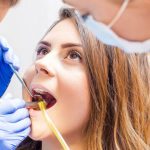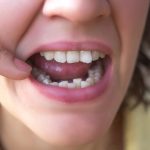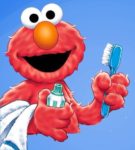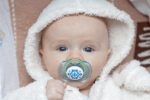10 Tips for Easy Toddler Teeth Brushing: How to Make it a Fun and Healthy Routine
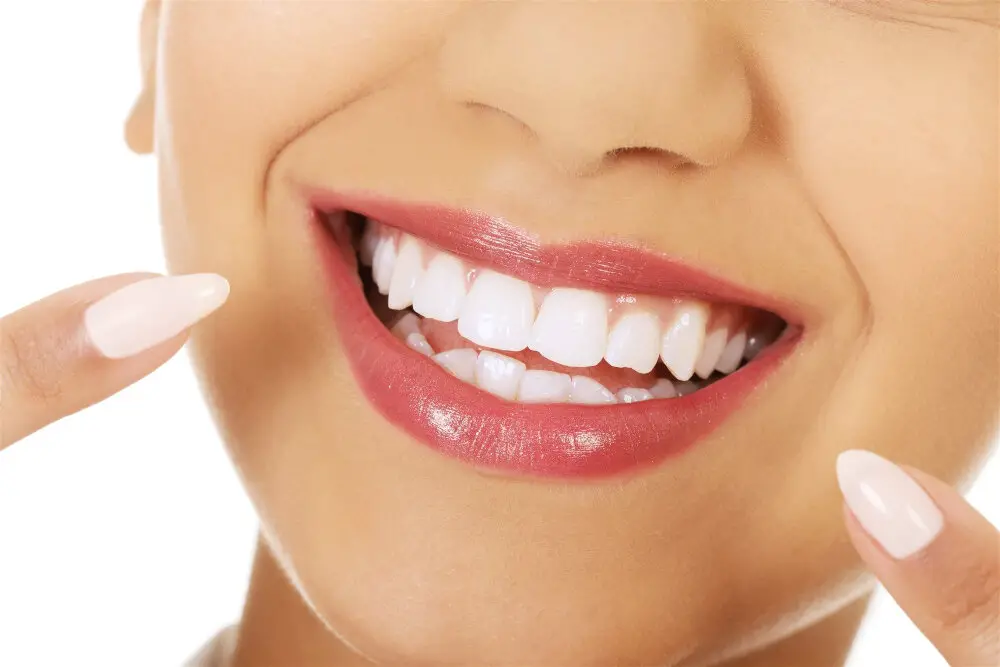
As parents, we all want our children to have healthy teeth and gums, and instilling good oral hygiene habits in them from an early age is crucial. However, getting toddlers to brush their teeth can be a daunting task for many parents. Toddlers are at an age where they are developing their own will and may resist anything that is not fun or exciting. Fortunately, there are several tips and tricks that parents can use to make toddler teeth brushing an enjoyable experience for both the child and the parent. In this article, we will explore 10 tips for easy toddler teeth brushing that will help parents make this daily routine a fun and healthy activity. We will discuss the importance of choosing the right toothbrush, toothpaste, and dental floss, as well as the benefits of incorporating songs, games, and positive reinforcement techniques to encourage children to brush their teeth. We will also provide practical advice on how to overcome common challenges, such as toddler tantrums and resistance, and how to maintain good oral hygiene habits as your child grows older. By following these tips, parents can make toddler teeth brushing a positive experience that promotes good dental health and sets the foundation for a lifetime of healthy smiles.
Teeth brushing is a crucial part of a toddler’s daily routine as it helps maintain good oral hygiene and prevent dental problems such as cavities and gum disease. Toddlers’ teeth are particularly vulnerable to decay as they are still developing, and their enamel is softer than adult teeth. Brushing their teeth twice a day with fluoride toothpaste helps strengthen their teeth and protect them from harmful bacteria. Establishing a consistent brushing routine early on also helps toddlers develop good dental habits that will last a lifetime. Making teeth brushing a fun and interactive experience can encourage toddlers to embrace this healthy habit and make it a routine part of their day.
Getting toddlers to brush their teeth can be a challenging task for most parents. Toddlers are at an age where they are curious and want to explore their surroundings, which makes them easily distracted. Convincing them to brush their teeth can be difficult, as they may see it as a chore or a waste of time. Additionally, many toddlers are resistant to having someone else put something in their mouth, which can make brushing a struggle. Some toddlers may also be sensitive to the taste or texture of toothpaste, causing them to resist brushing altogether. As a result, parents must be creative and patient when encouraging their toddlers to brush their teeth to establish a healthy routine.
Tip 1: Start early
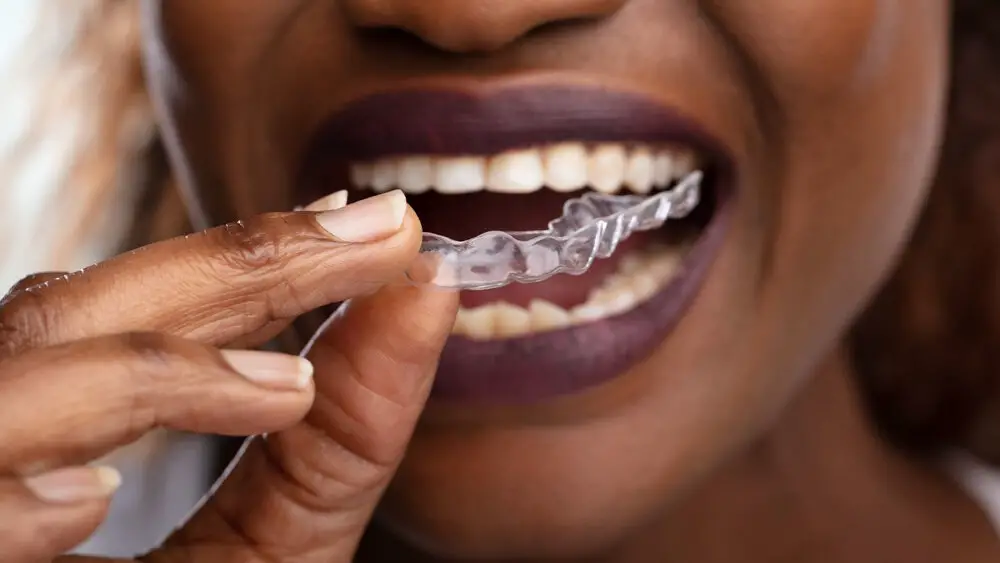
Starting early is one of the most important tips for easy toddler teeth brushing. The earlier you start, the easier it becomes to establish a healthy routine. Even before their first tooth has appeared, gently rubbing their gums with a clean, damp cloth can help get them used to the idea of oral hygiene. As soon as their first tooth appears, it’s time to introduce a soft-bristled toothbrush and a small amount of fluoride toothpaste. By starting this routine early on, your child will become accustomed to the sensation of brushing their teeth, making the process easier as they grow older. Starting early is also important for establishing good dental health habits that will last a lifetime. By teaching your child the importance of brushing their teeth from an early age, you are setting them up for a healthier future. Tooth decay is the most common chronic disease in children, and by starting a tooth brushing routine early, you can help prevent this. Additionally, regular brushing can help prevent other oral health issues such as gum disease and bad breath. By starting early and making tooth brushing a fun and consistent part of your child’s routine, you are setting them up for a lifetime of good dental health.
It’s crucial to start brushing your toddler’s teeth as soon as they appear to maintain good oral hygiene. Baby teeth may seem insignificant, but they play a vital role in the growth and development of your child’s permanent teeth. By brushing regularly, you can prevent tooth decay, gum disease, and other oral health problems. Additionally, starting early can help your child get accustomed to the routine and develop good dental habits that will last a lifetime. It’s important to make brushing fun and engaging for your toddler to encourage them to brush regularly and maintain good oral health.
Brushing a baby’s teeth can be a challenging task, but with the right approach, it can be a fun and healthy routine for both parent and child. First and foremost, it is recommended to start brushing as soon as the first tooth appears, using a soft-bristled brush and a small amount of fluoride toothpaste. It’s important to brush all surfaces of the teeth and gums, including the tongue, for at least two minutes twice a day. To make it more enjoyable, parents can sing a song or play a video during brushing time. Additionally, allowing the child to choose their own toothbrush and toothpaste flavor can also make brushing more exciting. Lastly, praising and rewarding the child for good brushing habits can encourage them to continue practicing good oral hygiene.
Tip 2: Make it a routine
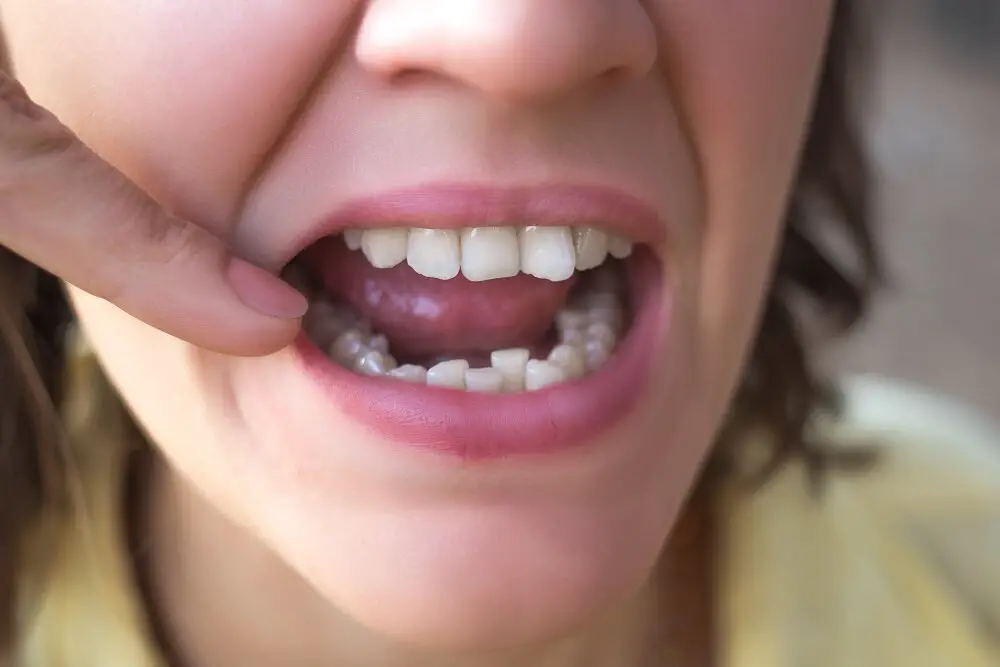
Making teeth brushing a routine is one of the most important tips for easy toddler teeth brushing. Children tend to thrive on consistency and routine, and brushing their teeth should be no exception. A consistent routine will help your child to understand that brushing their teeth is a necessary and important part of their daily routine. This will make it easier for them to accept and embrace this healthy habit. You can establish a routine by brushing your teeth at the same time every day, such as after breakfast and before bedtime. This will help your child to understand that brushing their teeth is a part of their daily routine, just like eating breakfast or going to bed. In addition to making teeth brushing a routine, it is important to make it a fun and enjoyable experience for your child. You can do this by incorporating toys, games, or songs into the teeth brushing routine. For example, you can sing a fun song while your child brushes their teeth, or you can let them choose a special toothbrush or toothpaste. By making teeth brushing a fun and enjoyable experience, your child will be more likely to look forward to it and less likely to resist it. This will help to establish good dental hygiene habits at an early age, which will benefit your child for years to come.
Establishing a regular teeth brushing routine with toddlers is crucial to their oral health and overall wellbeing. It not only helps to prevent tooth decay and cavities but also promotes healthy habits that they can carry into adulthood. Toddlers are often too young to brush their teeth on their own, so it’s important for parents to supervise and assist them in the process. By making tooth brushing a fun and enjoyable activity, toddlers are more likely to develop a positive attitude towards oral hygiene. A good brushing routine can also help to prevent bad breath, gum disease, and other dental problems. It’s important to start early and make tooth brushing a part of the daily routine to ensure the best possible oral health for your child.
Making teeth brushing a part of a toddler’s daily routine can be a daunting task, but it doesn’t have to be. Start by creating a fun and exciting environment for your toddler to brush their teeth. Use a colorful and fun toothbrush and toothpaste, and play their favorite song or nursery rhyme to make the experience enjoyable. Make brushing teeth a family affair, and make sure to lead by example. Brush your teeth with your child to show them how it’s done and to make them feel more comfortable. It’s also helpful to establish a consistent brushing time, such as after breakfast or before bedtime, to make it a habit. Finally, praise and reward your child for their efforts, whether it’s with a sticker chart or a favorite treat. With these tips in mind, brushing teeth can become a fun and healthy routine for your toddler.
Tip 3: Use the right toothbrush and toothpaste
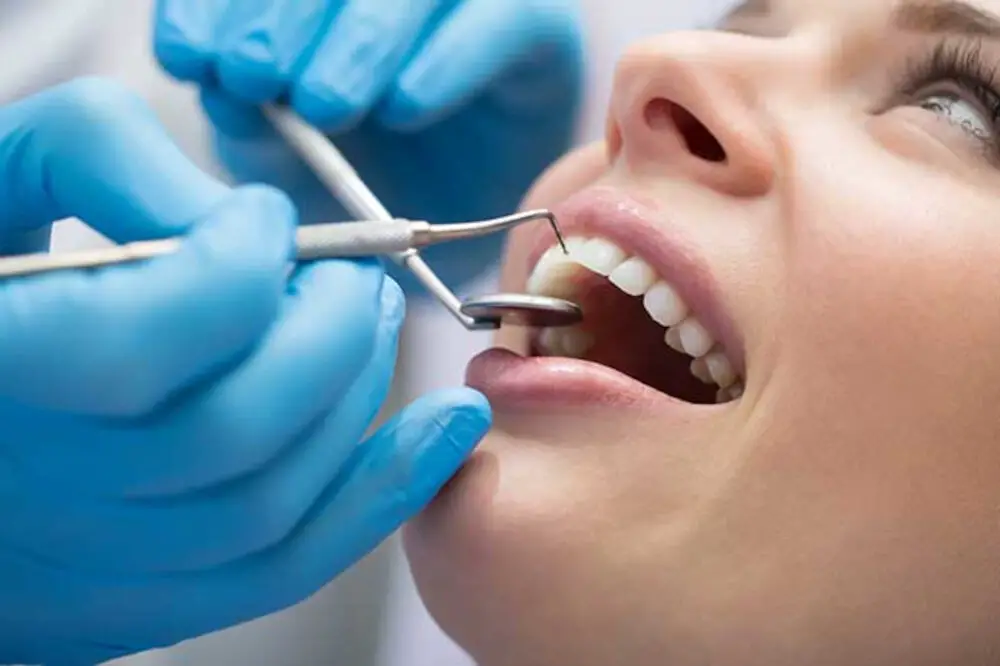
Using the right toothbrush and toothpaste is crucial for maintaining good oral hygiene. For toddlers, it is important to use a soft-bristled toothbrush that is specifically designed for their age group. This will ensure that their gums and teeth are not damaged during brushing. Additionally, toothpaste should not contain fluoride until the age of two, as it can be harmful if swallowed in large amounts. Opt for a toothpaste that is specifically formulated for toddlers, with a mild and fruity flavor that will make brushing more enjoyable for them. When choosing a toothbrush and toothpaste for your toddler, involve them in the process. Let them pick out a toothbrush with their favorite character or color to make brushing more exciting for them. You can also let them try different flavors of toothpaste to find one that they like the most. By involving your toddler in the decision-making process, they will feel more in control and excited about brushing their teeth, making it a fun and healthy routine for them. Remember to replace your toddler’s toothbrush every three to four months or when the bristles start to fray to ensure that it is effective in cleaning their teeth.
When it comes to choosing a toothbrush and toothpaste for toddlers, it’s important to pick products that are specifically designed for their age group. Look for toothbrushes with soft bristles and small heads that are gentle on their developing teeth and gums. Electric toothbrushes can also be a great option for making brushing more fun and engaging for toddlers. As for toothpaste, opt for a fluoride-free variety that is safe for young children to swallow. There are also many types of toothpaste formulated specifically for toddlers, with flavors and textures that are more appealing to their sensitive mouths. It’s important to use only a pea-sized amount of toothpaste for each brushing session to prevent any potential health risks. By choosing the right toothbrush and toothpaste for your toddler, you can help make their daily brushing routine a healthy and enjoyable habit for years to come.
Choosing the right toothbrush and toothpaste for your toddler is crucial for maintaining good oral hygiene and ensuring healthy teeth and gums. When selecting a toothbrush, opt for one with soft bristles that are gentle on your child’s teeth and gums. The size of the toothbrush head should be proportional to your child’s mouth, making it easier to reach all the nooks and crannies. For toothpaste, choose one that is specifically designed for toddlers and does not contain fluoride, as they are prone to swallowing the toothpaste. Additionally, selecting a toothpaste with a fun flavor can help make brushing more enjoyable for your child and encourage them to brush regularly.
Tip 4: Let them choose their toothbrush and toothpaste
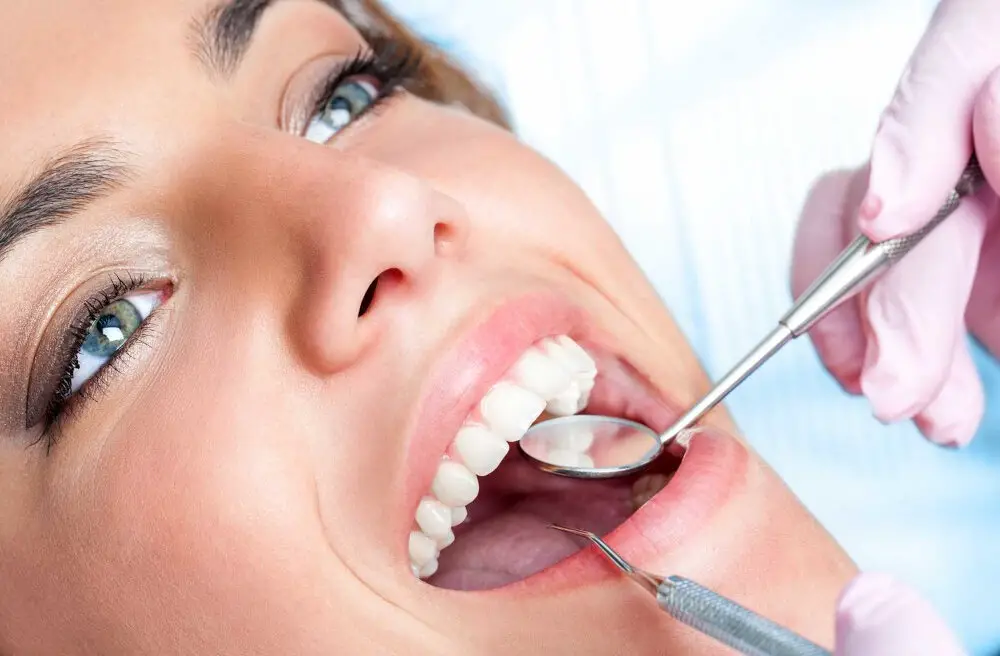
When it comes to convincing toddlers to start brushing their teeth, giving them the power to choose their own toothbrush and toothpaste can make a huge difference. Children like to feel like they have some control over their own lives, and letting them pick out their own dental care items can give them a sense of responsibility and ownership over the brushing process. By involving them in the decision-making process, you are more likely to get them excited about brushing and willing to participate in the routine. When taking your toddler to pick out their toothbrush and toothpaste, make sure to give them choices that are appropriate for their age and dental needs. Young children may prefer toothbrushes with cartoon characters or bright colors, while older children may prefer a more grown-up design. Similarly, toothpaste flavors can range from fruity to minty, and choosing a flavor that your child enjoys can make brushing more enjoyable. Encourage your child to try different toothbrushes and toothpaste flavors until they find ones that they like, and make sure to replace their toothbrush every three to four months to ensure that it remains effective.
Involving toddlers in the decision-making process when it comes to choosing their toothbrush and toothpaste is crucial for their overall dental health. By allowing them to participate in the process, toddlers feel empowered and more willing to engage in the activity of brushing their teeth. It also helps them understand the importance of dental hygiene and creates a positive association with brushing. Choosing a toothbrush with their favorite color or cartoon character can make brushing more fun, and selecting a toothpaste with a flavor they like can encourage them to brush for longer. By involving toddlers in the decision-making process, parents can make teeth brushing a fun and healthy routine for their little ones.
When it comes to letting toddlers choose their toothbrush and toothpaste, it’s important to keep a few things in mind. First, make sure the toothbrush is age-appropriate and has soft bristles to avoid hurting their delicate gums. Letting them pick a toothbrush with their favorite cartoon character or color can also make brushing more exciting for them. As for toothpaste, choose a fluoride-free option that is safe for toddlers to swallow in case they accidentally do so. Letting them taste a few different options and picking their favorite flavor can also make brushing more enjoyable for them. Ultimately, involving toddlers in the process of selecting their toothbrush and toothpaste can help them feel more in control and excited about taking care of their teeth.
Tip 5: Lead by example
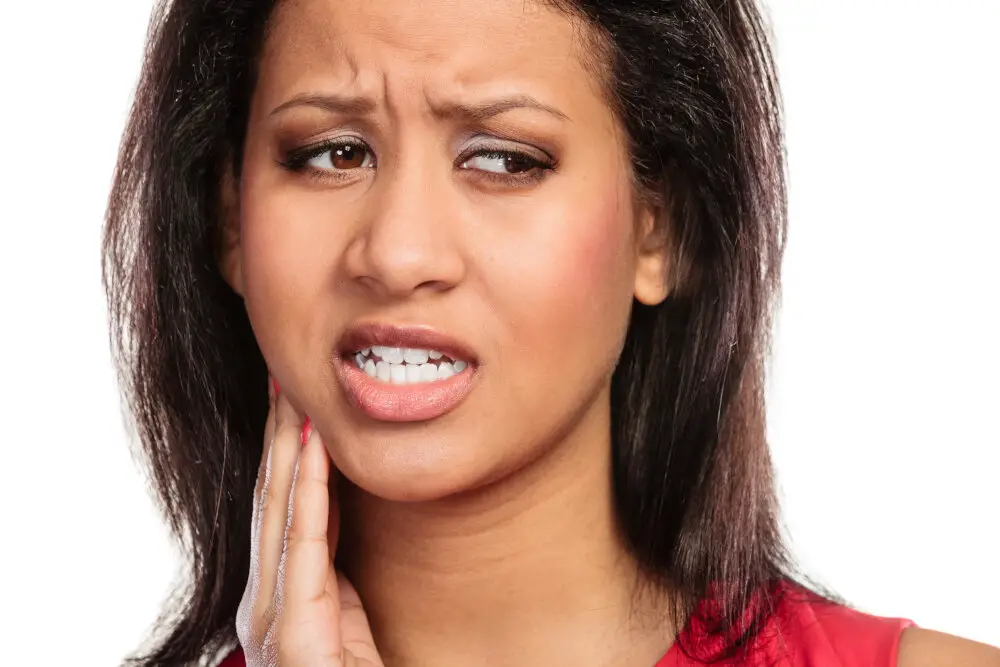
Leading by example is an essential tip for making toddler teeth brushing a fun and healthy routine. Your kids are always observing your actions, and you are their role model. If you show them the importance of brushing your teeth regularly, it will become a habit for them as well. Therefore, you should brush your teeth with them and make it a family activity. It will help them understand that oral hygiene is essential for everyone, and they will not feel left out. Moreover, it will also give you an opportunity to supervise their brushing technique and ensure that they are doing it correctly. Another way to lead by example is by showing them the consequences of not brushing their teeth. You can tell them about the cavity and tooth decay and explain how it can negatively impact their health. You can also show them pictures of people with bad teeth and how it affects their smile. It will help them understand the importance of brushing their teeth and encourage them to do it regularly. Lastly, you should also praise and encourage them for brushing their teeth. It will boost their confidence and make them feel proud of their achievement.
Setting a good example is crucial when it comes to teaching toddlers healthy habits, and brushing teeth is no exception. Parents can demonstrate the importance of oral hygiene by brushing their teeth in front of their toddlers. By doing so, parents are not only modeling the behavior but also showing their kids that brushing is a normal and necessary part of daily routine. Parents can further involve their children by making it a fun and interactive experience. They can let their toddlers hold their toothbrush and mimic their brushing movements. This not only encourages good habits but also creates a positive association with brushing teeth.
Encouraging toddlers to imitate their parents’ behavior can be a fun and effective way to instill good habits. One way to do this is by brushing your teeth together as a family. Make it a fun and silly activity by using toothbrushes with fun designs and playing music while you brush. Let your toddler watch you brush your teeth and then encourage them to try it themselves. Praise them for their efforts and make it a positive experience. You can also let them pick out their own toothbrush and toothpaste to make it more exciting for them. By making teeth brushing a fun and interactive activity, you can help your toddler develop good dental habits that will last a lifetime.
Tip 6: Make it fun

One of the most challenging aspects of toddler teeth brushing is getting them to actually enjoy the process. However, making it fun can make a huge difference in encouraging your child to participate in the routine. Consider turning teeth brushing into a game by singing a song or creating a fun story. You can also let your child choose their own toothbrush and toothpaste flavor, which can make them feel more involved in the process. Additionally, consider using a reward system for successful teeth brushing, such as a sticker chart or small toy. By making teeth brushing fun, your child will be more likely to look forward to the routine and develop healthy dental habits for life. Another way to make teeth brushing more enjoyable for your toddler is to involve the whole family. Consider having a family brushing session each day, where everyone brushes their teeth together. You can also make teeth brushing a fun bonding activity by reading a book or watching a short video together while brushing. By incorporating teeth brushing into your family’s daily routine, you can create a positive association with the process and encourage your child to maintain good dental hygiene habits throughout their life. Remember, the key to making teeth brushing fun is to be creative and adaptable. With a little effort, you can turn this essential routine into an enjoyable and healthy activity for your toddler.
Toddlers are notoriously difficult to motivate, and teeth brushing is no exception. However, by making this necessary routine fun, parents can turn it into a healthy habit that their toddlers will look forward to. One way to accomplish this is by introducing a toothbrushing song that can be sung while brushing. Another way is by letting the toddler choose their own toothbrush and toothpaste flavor, which will give them a sense of control over the process. Additionally, parents can make teeth brushing a family affair, with everyone brushing their teeth together, which will help to create a sense of camaraderie and make the experience more enjoyable. By employing these simple techniques, parents can make teeth brushing a fun and healthy routine that their toddler will happily participate in.
Making teeth brushing a fun and enjoyable experience for toddlers is key to establishing healthy oral hygiene habits. One tip is to let your child choose their toothbrush and toothpaste. Letting them pick a fun character or flavor can make it exciting for them to brush their teeth. Another idea is to turn it into a game by setting a timer or singing a song for the duration of brushing. You can also make it a family activity by brushing your teeth together and praising your child for their efforts. Finally, offering a small reward such as a sticker or special treat can further encourage your child to brush their teeth regularly. By making teeth brushing fun, you can help your toddler develop a lifetime of healthy habits.
Tip 7: Use positive reinforcement
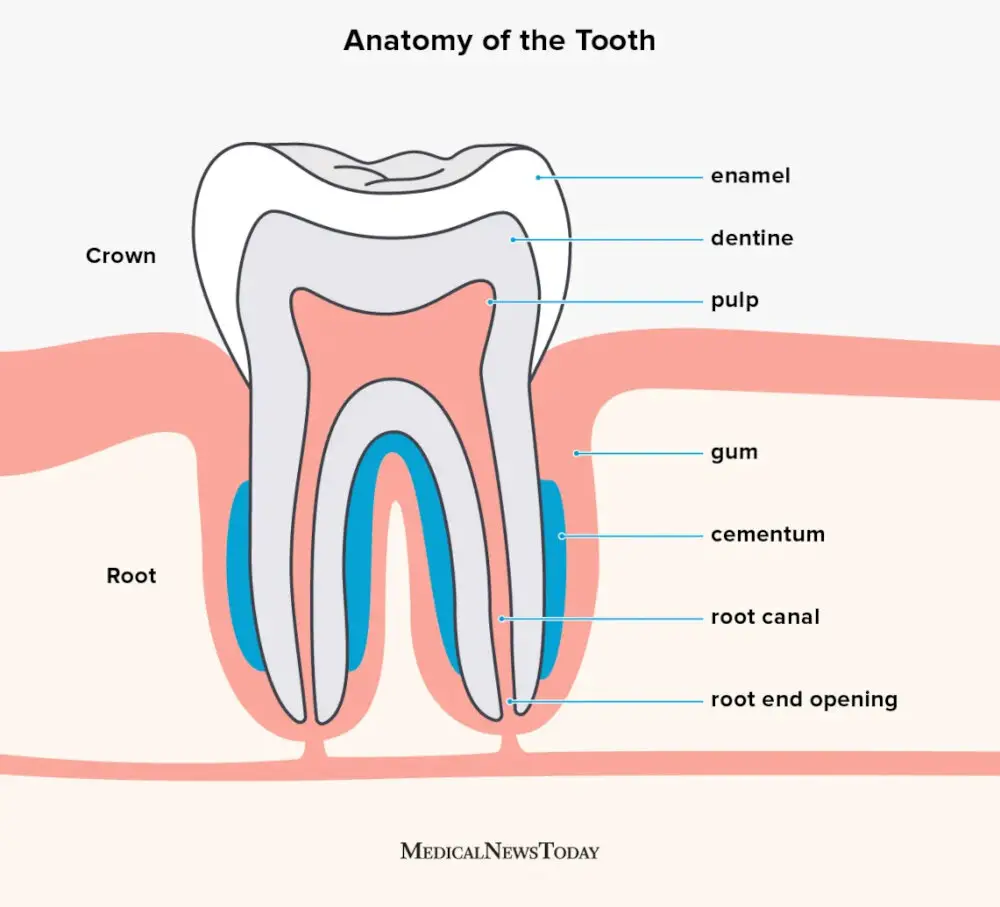
Positive reinforcement is an effective tool for encouraging toddlers to brush their teeth. It involves rewarding toddlers for their good behavior, such as brushing their teeth without fussing or completing the task without a tantrum. Positive reinforcement could be as simple as offering a high five or a praise like “good job” or “well done.” Parents can also provide incentives for toddlers who brush their teeth without being asked or who brush for the recommended two minutes. These could be stickers, small toys, or treats like a healthy snack. Parents should ensure that the rewards are age-appropriate and not too extravagant. Using positive reinforcement has several benefits. First, it creates a positive association with brushing teeth, making it more likely that the toddler will continue the behavior. Second, it reinforces the parent-child bond, as the toddler feels proud of their achievements and the parent provides positive feedback. Finally, it reduces stress and anxiety for both the toddler and the parent during the teeth brushing routine. When toddlers feel good about brushing their teeth, they are more likely to approach the task with enthusiasm rather than resistance.
Positive reinforcement is a powerful tool that can be used to encourage toddlers to brush their teeth. By praising and rewarding good behavior, parents can help their children associate tooth brushing with positive feelings and experiences. For example, parents can give their child a sticker or a small toy after each successful tooth brushing session. They can also use verbal praise, such as saying \good job\ or \you’re such a great brusher.\ By consistently using positive reinforcement, parents can help their child develop a healthy habit of brushing their teeth twice a day. This not only promotes good oral health, but also sets the foundation for a lifetime of healthy habits.
One effective way to use positive reinforcement is to be specific in your praise. Instead of just saying \good job,\ try saying \I’m so proud of you for letting me brush your teeth without fussing.\ This reinforces the specific behavior you want to encourage. Additionally, consider using a reward system such as a sticker chart or small treat for consistently good behavior during teeth brushing. Be consistent in your praise and rewards, and avoid using negative reinforcement or punishment, as this can create a negative association with teeth brushing. Finally, make sure to keep a positive and enthusiastic attitude during the process, as children can easily pick up on your emotions.
Tip 8: Use distractions
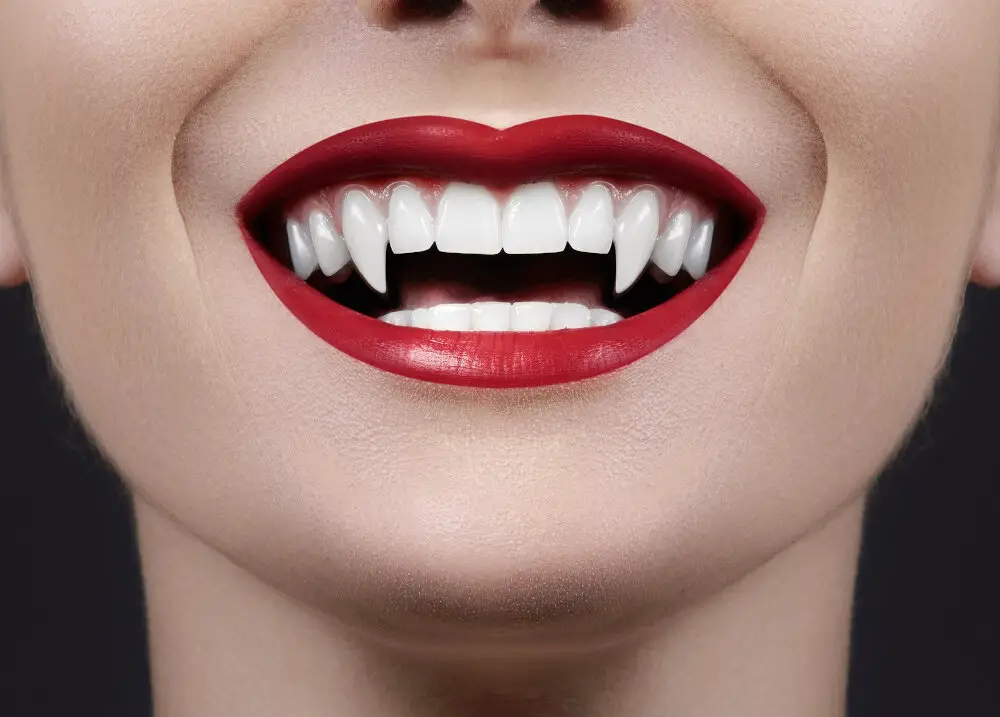
As any parent knows, trying to brush a toddler’s teeth can be a daunting task. However, one effective way to make the process easier is to use distractions. This can include anything from singing songs to playing games. By offering a fun and engaging activity, your child is less likely to resist the toothbrush and more likely to open their mouth for you. One popular distraction technique is to let your child hold a favorite toy or book while brushing their teeth. This not only distracts them from the task at hand but also helps to associate toothbrushing with positive experiences. Another option is to have your child watch a short video or listen to music while brushing. Just be sure to choose something appropriate and not too stimulating, as you want them to focus on brushing their teeth and not the distraction. Overall, using distractions can make the toothbrushing process more enjoyable for both you and your child.
Distractions can be an effective strategy to make teeth brushing less daunting for toddlers. Toddlers are often resistant to tooth brushing due to their short attention span and lack of understanding of the importance of oral hygiene. Using distractions such as singing a song, playing a game or using a toothbrush with their favorite cartoon character can make the experience more enjoyable for them. It can also help to distract them from the discomfort of the toothbrush and make the process more engaging. By introducing distractions, parents can make sure their toddlers develop healthy oral habits while keeping the experience fun and positive for them.
Distractions are a fantastic way to make teeth brushing less of a chore for toddlers. Parents can use various methods to make brushing enjoyable, such as singing a song, using a fun timer, or creating a game out of it. Another effective technique is allowing the child to choose their toothbrush and toothpaste. Parents can also provide a visual aid, such as a chart or a picture book, to show the importance of brushing teeth. Additionally, using positive reinforcement, such as praise and rewards, can encourage children to brush their teeth regularly. By incorporating these distractions, parents can turn teeth brushing into a fun and healthy activity that their toddlers will enjoy.
Tip 9: Be patient
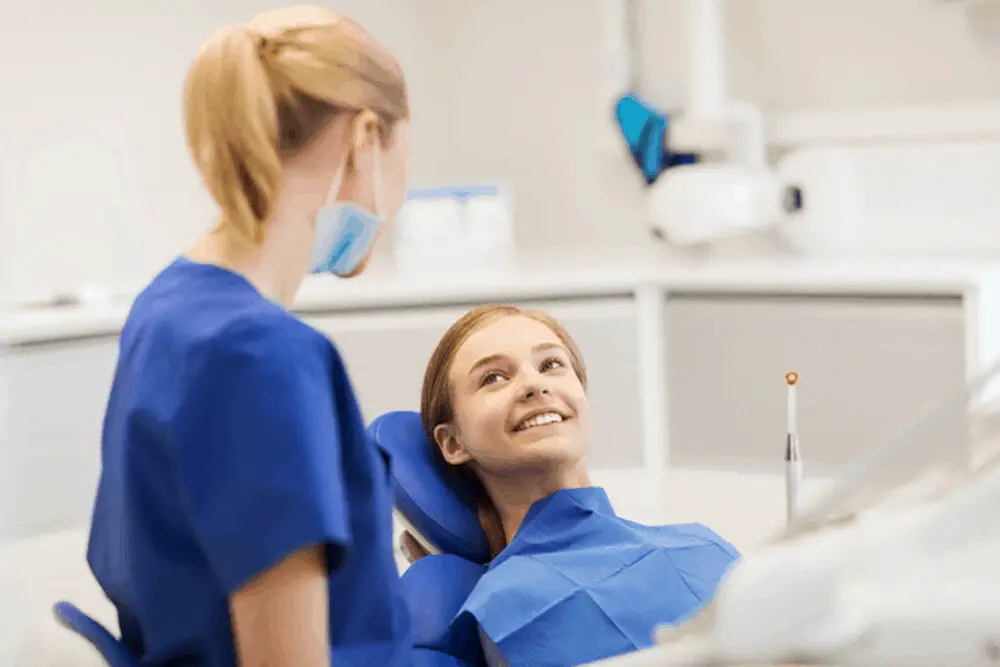
Tip 9: Be patient. As a parent, it’s important to remember that your child’s teeth brushing skills won’t develop overnight. Be patient and understanding as they learn to brush their teeth on their own. It’s important to encourage your child to take their time and be thorough when brushing to ensure that they’re maintaining good oral hygiene. Don’t rush them or make them feel like they’re doing something wrong if they’re not brushing perfectly. Instead, provide positive reinforcement and praise them for their progress. Being patient also means accepting that there may be some resistance to teeth brushing from your toddler. It’s common for kids to resist this activity, especially if they see it as a chore. However, it’s important to remain calm and patient during these moments. Try to make brushing fun and engaging for your child by incorporating games or songs. Additionally, consider allowing your child to choose their own toothbrush and toothpaste to make the experience more enjoyable. By being patient and understanding, you can help your child develop healthy dental habits that will last a lifetime.
Patience is an essential factor when it comes to getting toddlers to brush their teeth. Toddlers are at an age where they are exploring their independence, and they may not always be willing to cooperate. It is crucial to take a gentle and understanding approach when encouraging them to brush their teeth. Give them time to get accustomed to the routine, and try to make it a fun and enjoyable experience. Some toddlers may need a bit more encouragement than others, but with patience and persistence, they will eventually form a positive habit of brushing their teeth regularly. Remember that toddlers learn best through repetition and positive reinforcement, so be consistent in your efforts and praise them for their efforts, no matter how small.
Being patient with toddlers during teeth brushing can be a challenging task, but it is essential for their dental health. Firstly, make brushing a fun activity by using a toothbrush with their favorite cartoon character or playing their favorite song during brushing. Secondly, create a routine and stick to it. This will help them understand that brushing their teeth is a part of their daily routine. Thirdly, involve them in the process by allowing them to choose their toothbrush and toothpaste. Fourthly, use positive reinforcement by praising them for their efforts. Lastly, try to make brushing time enjoyable by using a playful approach. Remember, being patient and consistent is key to making teeth brushing an easy and healthy routine for your toddler.
Tip 10: Practice good oral hygiene
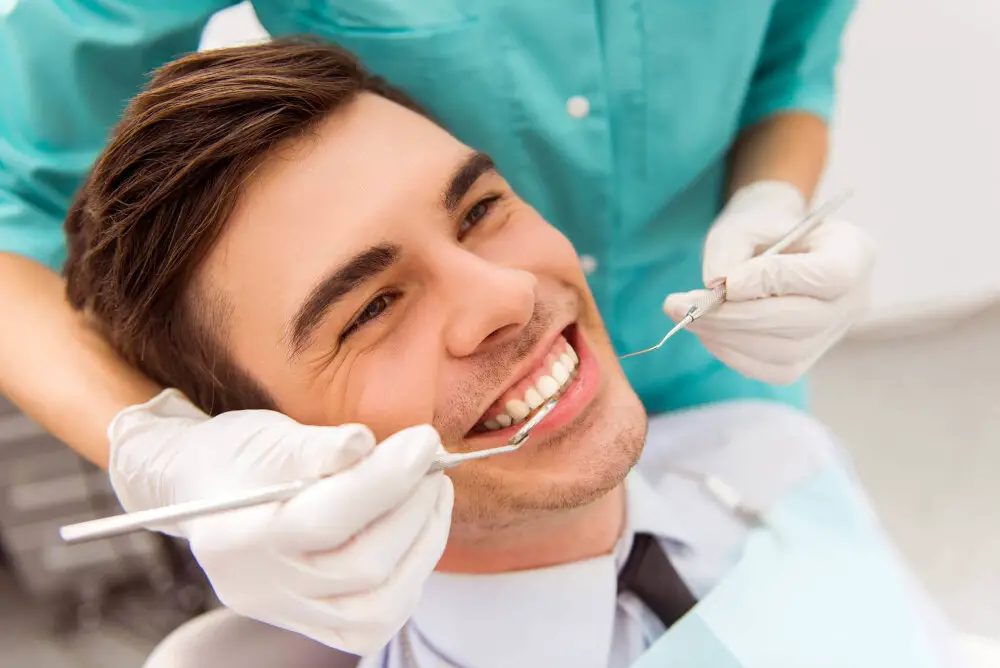
Good oral hygiene is essential for a toddler’s overall health. Not only does it prevent tooth decay and gum disease, but it also helps maintain fresh breath and a bright smile. As a parent, you can encourage good oral hygiene by making it a fun and healthy routine. You can start by introducing your child to toothbrushing at an early age and making it a regular part of their daily routine. Use a soft-bristled brush and a pea-sized amount of fluoride toothpaste to gently clean your toddler’s teeth twice a day. You can also make toothbrushing time fun by singing a song or playing a game. This will help your child look forward to toothbrushing time and make it a positive experience. Another way to promote good oral hygiene is by limiting sugary snacks and drinks. Sugary foods and drinks can increase the risk of tooth decay and cavities. Encourage your child to eat a healthy and balanced diet that includes plenty of fruits and vegetables. You can also offer water as a healthy alternative to sugary drinks. If your child does consume sugary snacks or drinks, make sure they brush their teeth afterwards to remove any leftover sugar from their teeth and gums. By practicing good oral hygiene and limiting sugary snacks and drinks, you can help your child have healthy teeth and gums for a lifetime.
Practicing good oral hygiene is essential to prevent dental problems in toddlers. Parents should start cleaning their child’s teeth as soon as they appear, using a soft-bristled brush and water. As the child grows, parents should introduce toothpaste with fluoride and teach them to brush twice a day. Flossing should also be introduced when the child’s teeth start touching. Limiting sugary foods and drinks can also reduce the risk of tooth decay. Regular dental check-ups are also crucial to catch any issues early. Making brushing fun by using songs or letting the child choose their toothbrush can encourage good habits and make it a positive experience. With these simple steps, parents can help their toddlers develop a lifetime of healthy oral habits and avoid dental problems in the future.
Maintaining good oral hygiene in toddlers is crucial for their overall health and well-being. To make it a fun and healthy routine, parents should follow some tips. Firstly, start brushing their teeth as soon as the first tooth appears. Use a soft-bristled toothbrush and fluoride toothpaste in pea-sized amounts. Secondly, make brushing a fun activity by singing songs or playing games. Thirdly, limit sugary snacks and drinks as they can cause tooth decay. Fourthly, encourage your toddler to drink water after meals to rinse their mouth. Fifthly, avoid using pacifiers dipped in sweet substances. Lastly, take your toddler for regular dental checkups. By following these tips, parents can ensure their toddler’s teeth remain healthy and strong.
Brushing your toddler’s teeth can often be a daunting task, but it is essential for their health. To make it an easy and fun routine, there are a few tips to keep in mind. First, start early and make it a part of their daily routine. Use a small, soft-bristled toothbrush and a pea-sized amount of fluoride toothpaste. Let them choose their toothbrush and toothpaste flavor to make it more exciting for them. Encourage them to brush their teeth on their own, but make sure to supervise and help them when needed. Sing a song, play a game, or read a book while brushing to make it more enjoyable. Finally, praise them for a job well done and make it a positive experience. With these tips, brushing your toddler’s teeth can become a fun and healthy routine.
Encouraging parents to make teeth brushing a fun and healthy routine for their toddlers is crucial for the long-term health of their teeth. By incorporating fun elements like singing a song or playing a game, parents can make the process enjoyable for their children, while also fostering good habits that will help prevent tooth decay and other dental issues. Additionally, parents should ensure that they are using the right toothbrush and toothpaste for their child’s age, and that they are brushing for the recommended two minutes twice a day. By making teeth brushing a priority and a fun activity, parents can help their toddlers develop healthy habits that will benefit them for years to come.
Conclusion
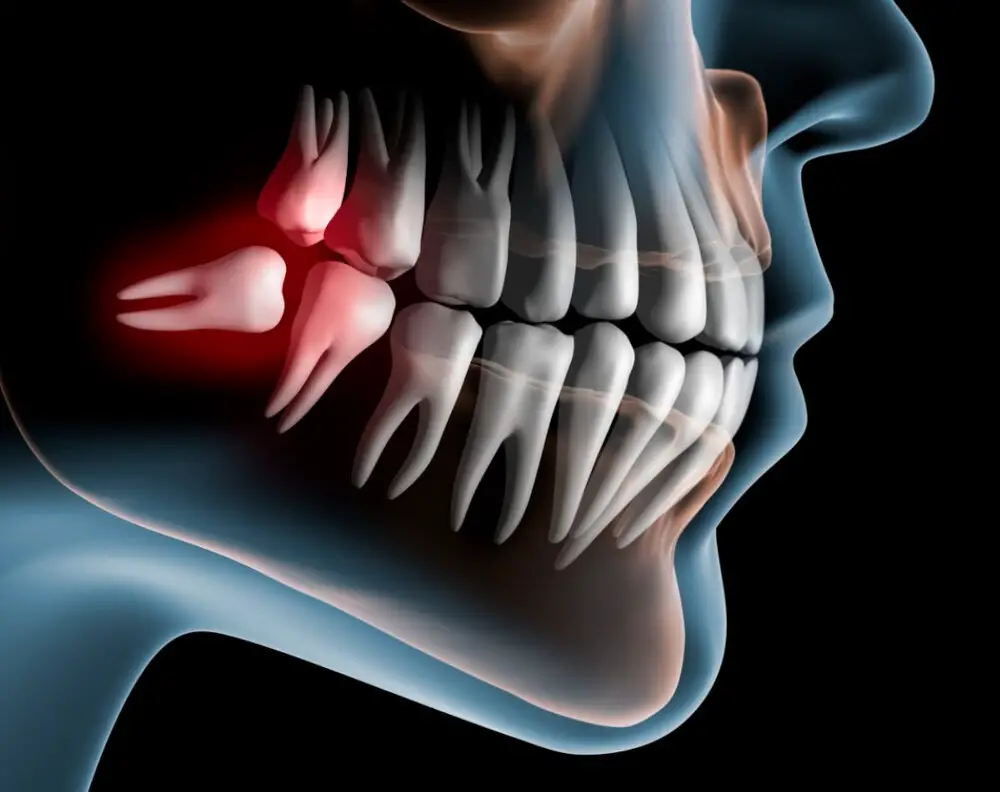
In conclusion, establishing a healthy teeth brushing routine for toddlers can be a challenging task for parents. However, with the right approach and mindset, it can also be a fun and enjoyable experience for both the child and the parent. Remember to make it a routine, be patient, use positive reinforcement, and make it interactive and exciting for your little one. By following these 10 tips, you can ensure that your toddler develops good oral hygiene habits that will benefit them for a lifetime. So, start brushing and have fun!
